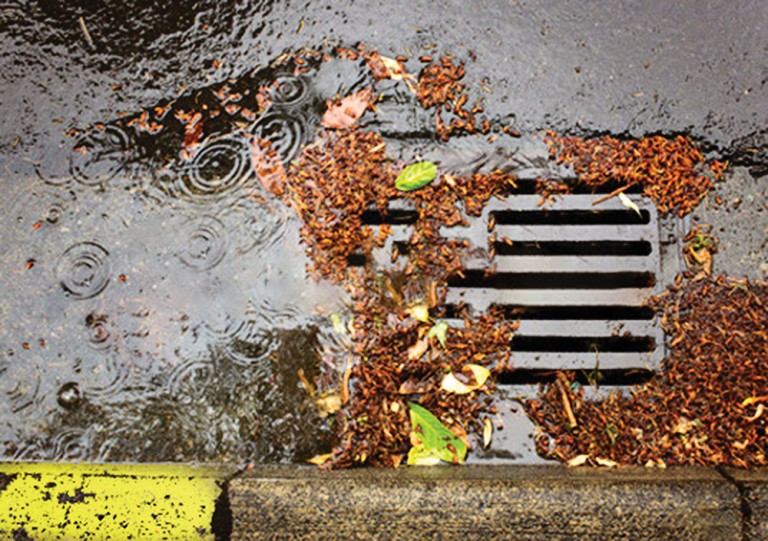By Michael V. Cusenza
Superstorm Sandy survivors: avert your eyes.
Forecasters expect 17 to 25 hurricanes and tropical storms to form in the Atlantic Ocean between June 1 and the end of November. At least eight of those are forecast to be full-blown hurricanes, as opposed to weaker tropical storms. And four to seven are expected to be major hurricanes, with winds powerful enough to uproot trees, destroy mobile homes and damage other buildings, according to a National Public Radio report.
City Comptroller Brad Lander—newly minted mayoral candidate—indicated on Saturday that he’s bracing for the worst—and Big Apple leaders should do the same.
“My office is monitoring a few key preparedness indicators through November 2024 to assess the City’s ongoing readiness for severe storms. We just sent a letter to Mayor Adams requesting more information about these indicators,” Lander said.
This is what the comptroller is keeping an eye on:
Enrollment in Notify NYC
Notify NYC is the main way to broadcast emergency weather alerts. But only 2.7 percent of New Yorkers over 16 years old are enrolled. The City needs to set and meet goals to dramatically increase enrollment in Notify NYC, and I’ll be watching to see how many New Yorkers are added. Sign up for Notify NYC here: https://a858-nycnotify.nyc.gov/notifynyc/?emci=a395422e-b34b-ef11-86c3-6045bdd9e096&emdi=2c651705-184c-ef11-86c3-6045bdd9e096&ceid=1232603
Enrollment in Basement Emergency Alerts
After Hurricane Ida laid bare the unique vulnerability of basement residents to flash flooding, a new basement emergency notification list was created. But less than 1 percent of basement residents have subscribed. I’m monitoring the number of New Yorkers signed up for the basement emergency notification list to ensure that life-saving alerts reach as many people as possible.
Catch Basin Cleaning
Catch basins – the connection from storm grates to sewers – are essential for draining rainfall from the streets. When catch basins are clogged with debris, it leads to dangerous flooding on our streets and sidewalks. During Tropical Storm Ophelia, 63 percent of the City’s catch basin cleaning trucks were out of service, leaving just 19 trucks to cover all 153,000 catch basins across the five boroughs.
In addition to tracking the availability of catch basin cleaning trucks, I’m monitoring the City’s progress in updating catch basins with designs that reduce clogging. Learn how to stay safe during a flash flood here: nyc.gov/site/em/ready/flooding.page?emci=a395422e-b34b-ef11-86c3-6045bdd9e096&emdi=2c651705-184c-ef11-86c3-6045bdd9e096&ceid=1232603
Coastal Flood Protection
After Sandy devastated NYC in 2012, the City received $15 billion in federal funds to rebuild damaged infrastructure more resiliently. A decade later, 27 percent of those funds had yet to be spent. We must move faster to complete resilient capital projects if we are to keep up with the pace of climate change.
I’m watching the City’s progress on resilient infrastructure projects, and monitoring the capacity of the new Bureau of Coastal Protection. Learn whether you are in a hurricane evacuation zone here: maps.nyc.gov/hurricane/?emci=a395422e-b34b-ef11-86c3-6045bdd9e096&emdi=2c651705-184c-ef11-86c3-6045bdd9e096&ceid=1232603
“In order to weather the storm, our City needs management that will ensure our communities are resilient and prepared for the future. My office’s investigations into the Adams administration’s lack of preparedness for extreme rainfall, coastal storms, and extreme heat document the steps the City could take to become more prepared, but are currently failing to complete,” Lander concluded.

